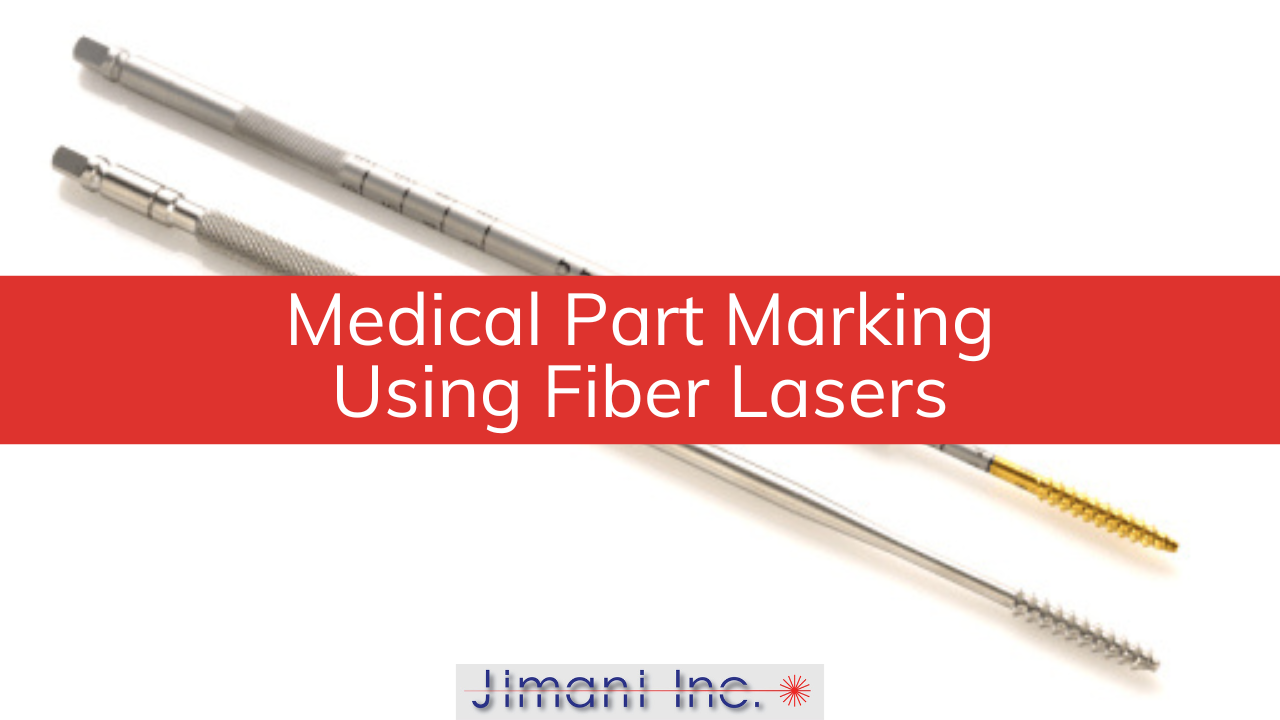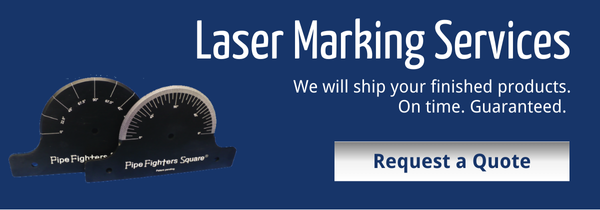The Importance of Laser Marking Enclosures
Laser classes are defined by CDRH (Center for Devices and Radiological Health), a branch of the...

Laser marking is a common technique used for medical part marking by manufacturers. The medical part marking is often essential to the function of the finished product. Medical parts are marked for a number of reasons, but the most common are identification, traceability, and functionality.
Sometimes medical parts are also marked decoratively or for branding reasons, but most often, the laser marking is essential to the use of the product.

Additionally, some medical part marking is for more than one reason. For instance, a part may be marked with the brand of the manufacturer, a unique part number, and marks which aid in the use of the part (like a size, gradation, or use instructions).
The marking should be crisp, clear, and long-lasting. On some types of medical products the marking must be non-contaminating and not serve as a debris trap by creating rough edges.
One such method is ablation. Ablation physically removes microns of material from the surface of the part, making it ideal when permanence and durability are necessary. Ablation creates a high-contrast mark on dark materials; however, when performed on bare metal or light materials, the mark isn't high-contrast.
Stain marking is the most common laser marking technique used to create high contrast marks on stainless steel and titanium (the materials most medical parts are made of). Stain marking relies on heat applied to the part to create a dark oxide layer that is permanent, smooth and non-contaminating. However, it is worth noting that care has to be taken when a stain marking process is used to ensure that the passivation properties of the metal are retained after the marking process.
Engraving is the least common method used to mark medical parts. Heat created on the part during an engraving process can cause warping in thin material. Also, engraving creates a deeper mark than ablation that can trap debris, an issue for medical parts that are used in highly sterile environments.
Each marking method offers advantages that are useful in various circumstances. Determining which marking method is best for a particular application requires knowledge of the medical part marking method's strengths and weaknesses as well as the application specifications.
Contact us to learn more about our full range of laser marking equipment and job shop services, or to request a quote!

Laser classes are defined by CDRH (Center for Devices and Radiological Health), a branch of the...
Fiber lasers are an ideal tool for many stainless steel marking applications. The fiber laser...
Editor's Note: this article is a reprint of one that originally appeared on Photonics Online.
...